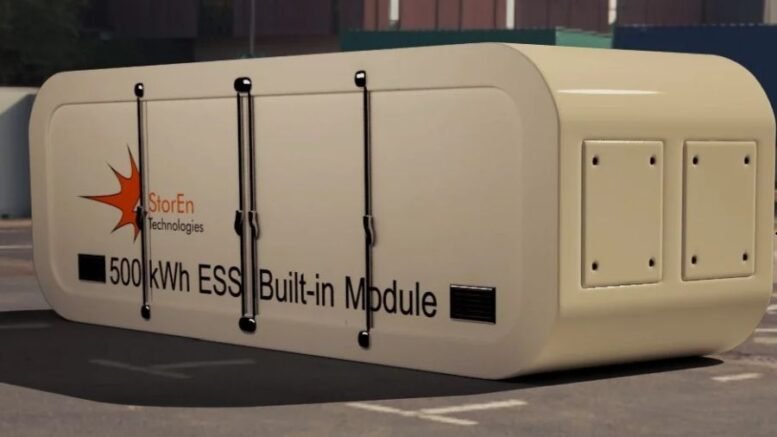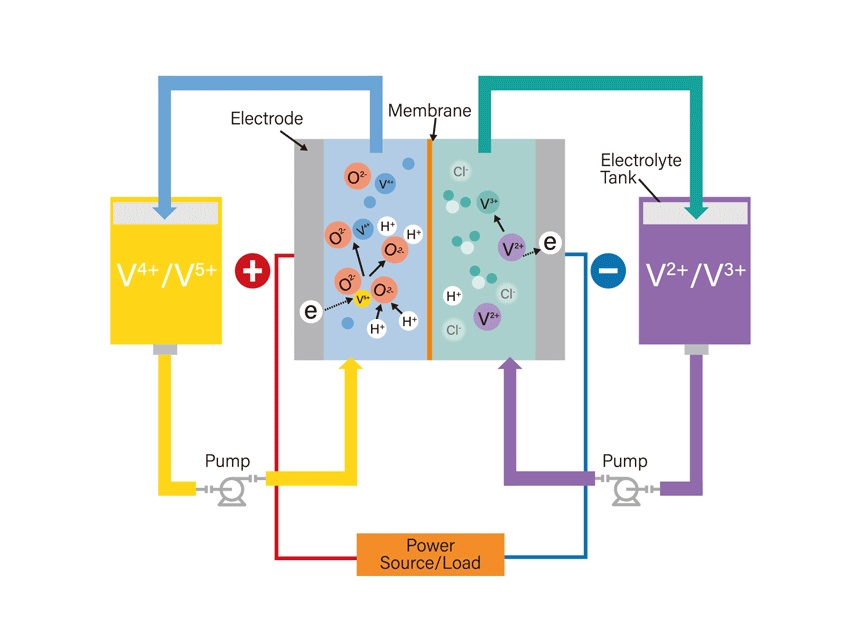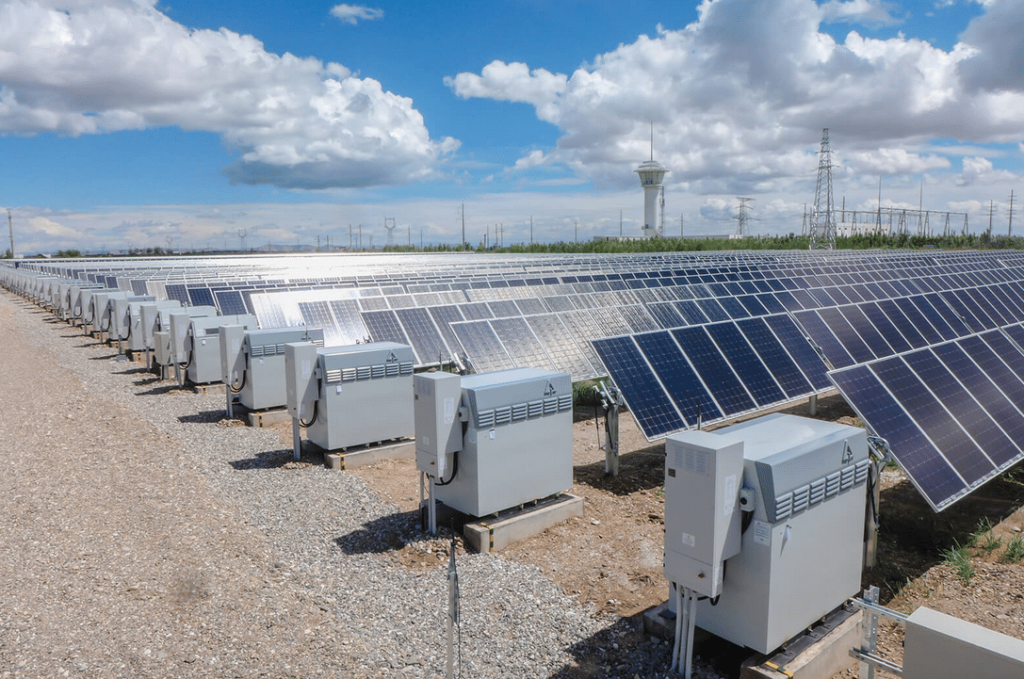Vanadium flow batteries are “good for grid storage.”. Few industries demonstrate this more than the telecoms sector. Most telecommunications systems throughout the world currently rely on lead/acid batteries for backup power or to bridge to a considerably longer-running backup system, such as a diesel generator.

Vanadium flow batteries, on the other hand, can affordably store and provide enormous amounts of electrical energy on demand while also including extended life, low maintenance costs, and scalability in terms of both power and storage capacity.
Furthermore, vanadium flow batteries are safer than other energy sources such as lead/acid and even lithium batteries, which can catch fire plus the recharge time of lead/acid batteries are often 5 times that of the discharge cycle, thus making them very inefficient to operate during frequent outages.

A vanadium Flow Battery is a rechargeable battery that stores energy chemically in liquid electrolytes. Unlike traditional batteries, which store reactive chemicals within the cells, a flow battery “stores” the electrolyte in tanks.
The electrolyte is then pumped through the cells, and as the electrolyte flows through the cell stack, a chemical reaction produces electric energy. The liquid is then pumped back into the tanks.

When this battery technology is integrated into Remote Area Power Systems (RAPS), it can reduce diesel engine runtime, boost efficiency, reduce fuel consumption and expenses, and reduce pollution emissions from carbon-based fuels.
Integrating the technology into a hybrid system, like as wind or solar, can further boost efficiency and dependability. Furthermore, these batteries are completely recyclable. In its lifespan, one vanadium flow battery avoids the disposal, processing or landfill of eighty lead-acid batteries or forty lithium-ion batteries.
Reference- Wikipedia, Science Direct, Popular Science, Clean Technica, Energy Storage






